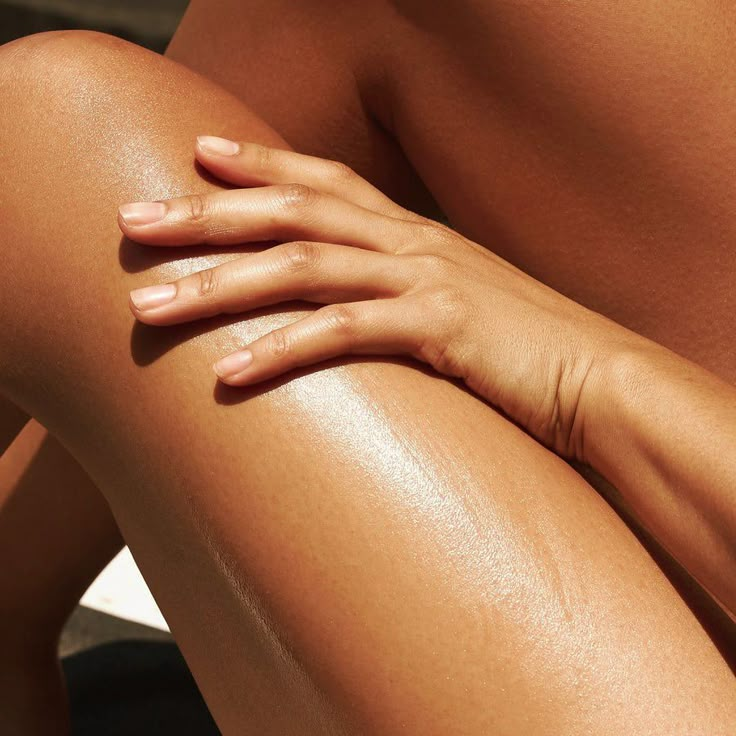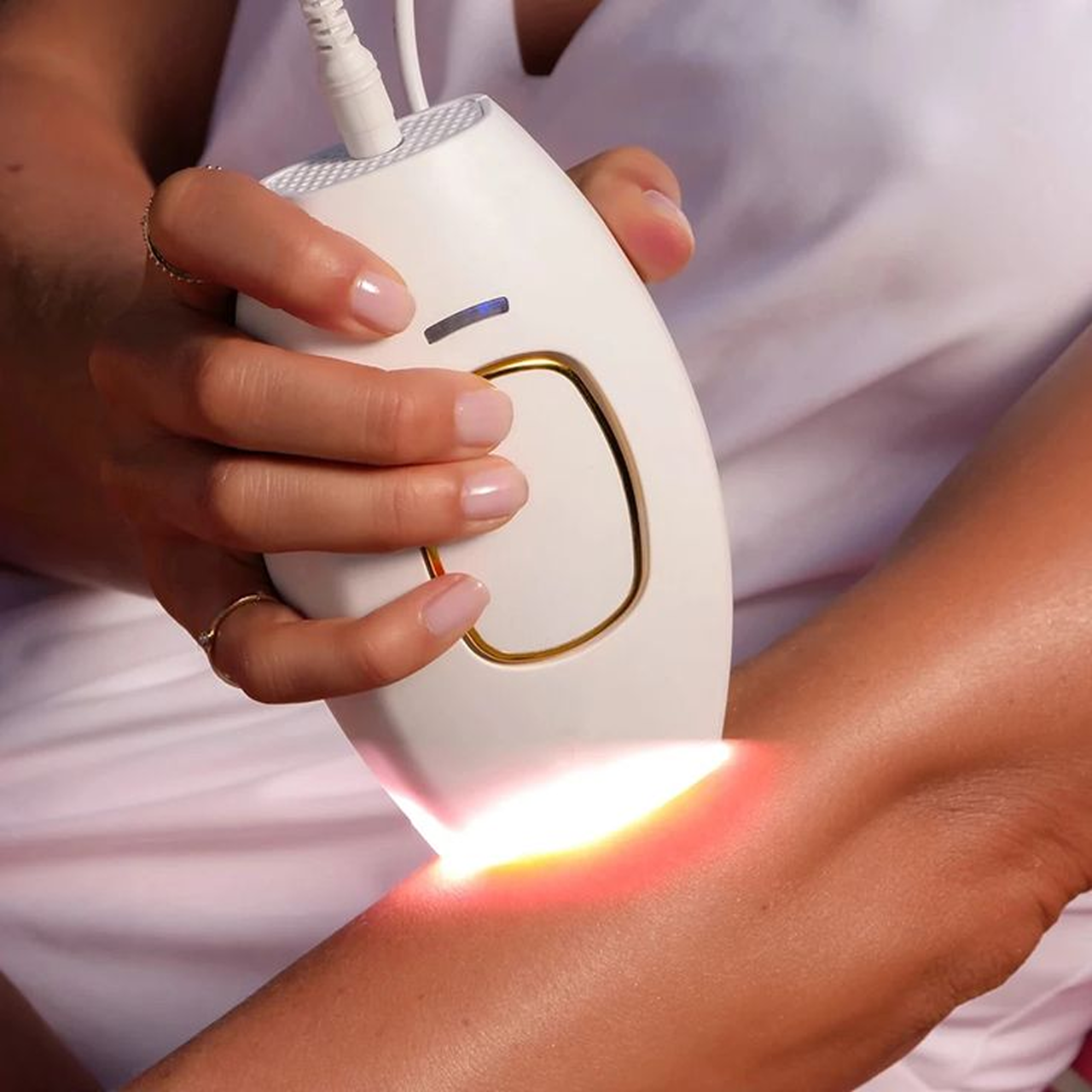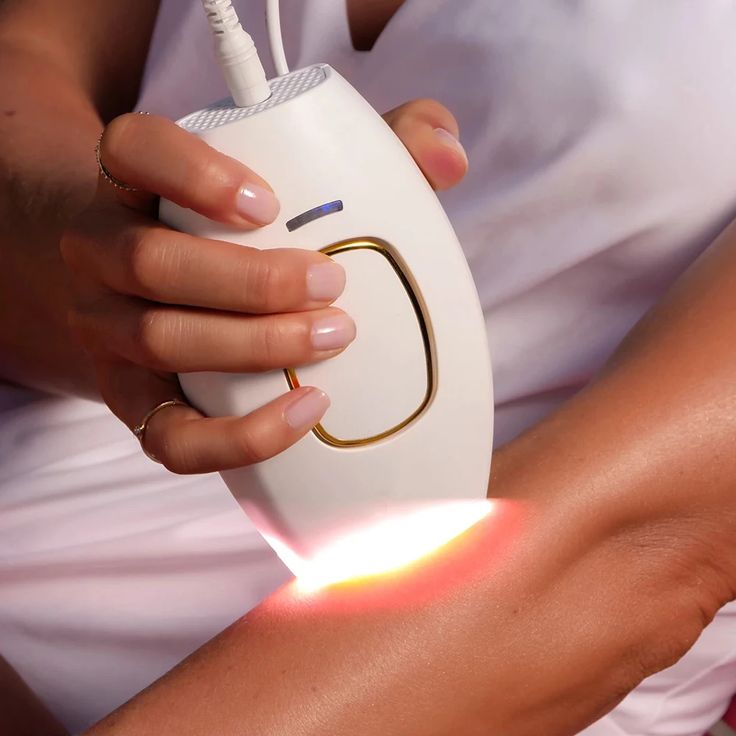

Your guide to IPL hair removal devices
Written by
Smoosh Team
Published
Thu, 15 May 2025
Let’s face it — traditional hair removal is time-consuming, expensive, and often painful. That’s why more people are turning to at-home IPL devices as a smarter, more sustainable solution. But how exactly does it work — and is it right for you?
What is IPL and how does it work?
IPL stands for Intense Pulsed Light — a technology that targets hair pigment with controlled light pulses. The light heats and weakens the hair follicle, gradually reducing hair growth over time. Unlike traditional laser treatments, IPL uses a broader spectrum of light and is specifically designed for safe and effective use at home.
Why IPL is safe?
IPL stands for Intense Pulsed Light — a technology that targets hair pigment with controlled light pulses. The light heats and weakens the hair follicle, gradually reducing hair growth over time. Unlike traditional laser treatments, IPL uses a broader spectrum of light and is specifically designed for safe and effective use at home.


How to use IPL device?
Follow these steps for safe and effective hair reduction.
1. Shave the area first
Do not wax or pluck. Hair root must remain intact.
2. Clean and dry the skin
No lotion, oil, deodorant, or makeup on the treated area.
3. Choose the correct intensity level
Start with the lowest setting. Adjust based on skin comfort.
4. Wear protective goggles (if required)
Some models include safety glasses for eye protection.
5. Apply the device to the skin
Press the flash button once per area or use glide mode if available.
6. Avoid overlapping flashes
Do not treat the same spot more than once per session.
7. Moisturize after treatment
Use a soothing, alcohol-free lotion. Avoid active acids and retinol.
Routine & Frequency
Weeks 1–4: 2–3 sessions per week
Weeks 5–8: 1–2 sessions per week
After week 8: Use as needed for touch-ups (usually once every 2–4 weeks)
Full results typically appear after 8–12 weeks of consistent use.
Is IPL right for you?
IPL works best on lighter skin tones with darker hair, as the light targets melanin in the hair shaft. However, many modern IPL devices now include built-in skin tone sensors, cooling functions, and gentle modes for safer use across different skin types.
Do not use IPL if:
Have very dark skin (deep brown to black), as IPL may not be safe or effective on this tone
Have white, grey, red, or very light blonde hair — the light needs pigment to work
Are pregnant or breastfeeding (as a precaution — not enough research is available)
Have skin conditions such as eczema, psoriasis, or active infections in the treatment area
Are using photosensitizing medications (like Accutane or certain antibiotics)
Have open wounds, recent sunburns, or very tanned skin in the treatment area
Have tattoos, moles, or birthmarks in the area you're treating (avoid flashing directly on them)
Have a history of keloid scarring or severe allergic skin reactions
If you're unsure — check with your doctor.